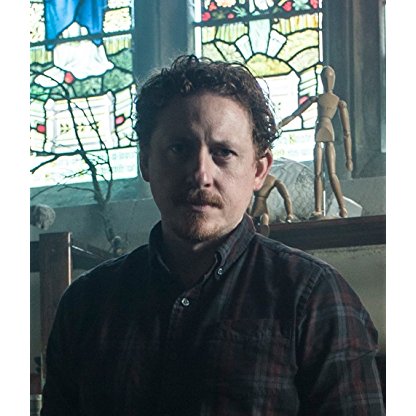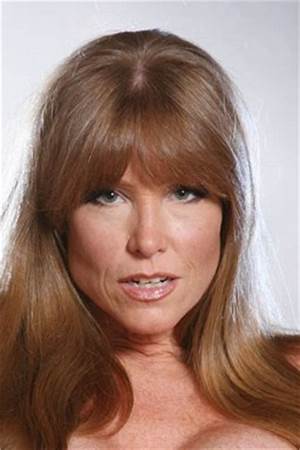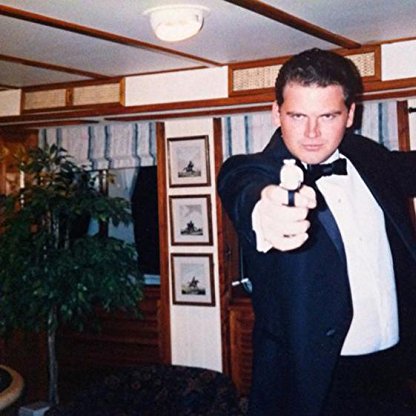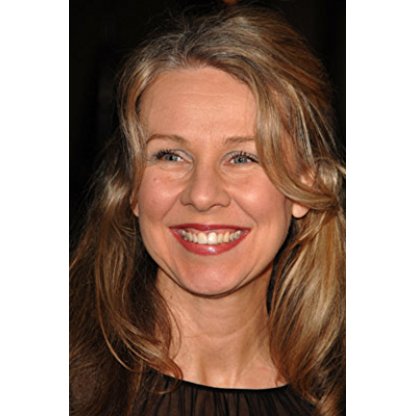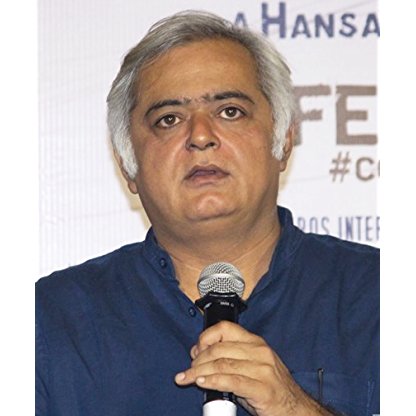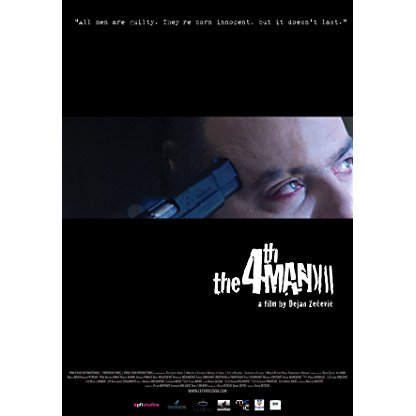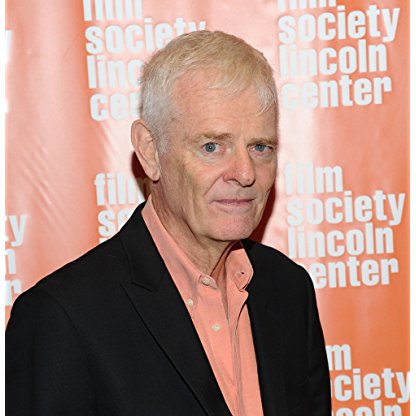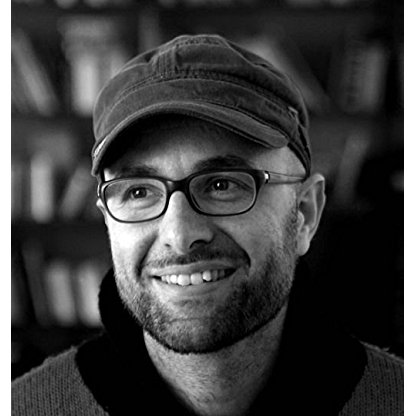His movie, Otto; or Up with Dead People debuted at the 2008 Sundance Film Festival. L.A. Zombie was banned from the Melbourne International Film Festival in 2010 because, in the opinion of Australian censors, it would have been refused classification. However, the film was subsequently able to screen at OutTakes, a New Zealand lesbian and gay international film festival, in May 2011.
